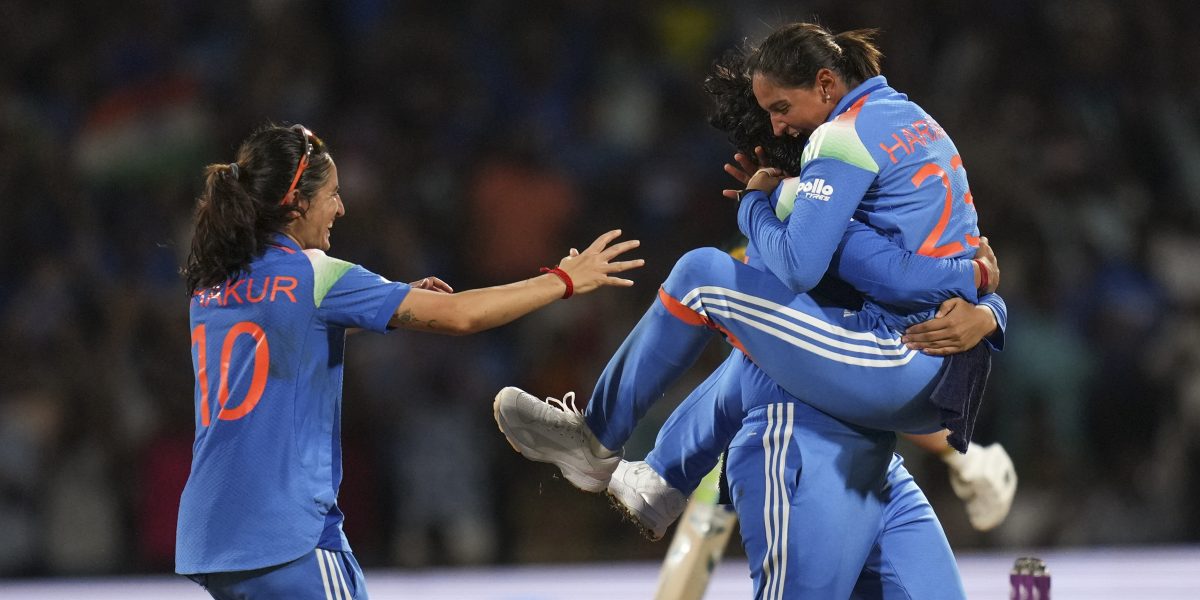Meghalaya, a state in the northeastern part of India, is home to three tribes that practice kinship based on matriliny. Namely the Khasi, Garo and Pnar/Jaintia communities. A matrilineal society is one in which the lineage or ancestry of a society is traced through that of the mother, not to be confused with matriarchy.
With the entire state of Meghalaya following a matrilineal system, the one thing most people tend to misuse is the word ‘matrilineal’ and mistake it to be matriarchal in nature. In the case of the Khasi community, this, however, is not true. The husband is still the head of the family and elder men have a vital part to play in society.
Thus, the men have a greater overall social power than the women. Women are still the primary caregivers in the family and are expected to raise the children, cook, clean, etc. The men are looked upon as the primary providers and also as more authoritative figures.
The husband is still the head of the family and elder men have a vital part to play in society.
Now the exact origins of how the Khasi community adopted a matrilineal setting in their society isn’t that well documented. But the most common statement heard is that men rarely had time for child-rearing back in the olden days due to them having to fight in wars as well as to hunt to provide food for the family.
With the men being gone during times of war, there was never any certainty that they would return home safe and unscathed. Due to this, men eventually ended up abandoning their rights to inheritance, after which the women had to take over the responsibility to further propagate their bloodline and clan name, as well as traditions.
Something that is to be noted is that since the child’s identity is taken completely from the mother’s side, there are rarely any cases of illegitimate children, save for a few exceptions. This means that even if a child hasn’t been conceived within matrimonial bounds, they can still lay claim to inheritance and the family name.
Within the society, people cannot marry within their Kur (clan or bloodline). That is to say that two Khasi people with the same clan name (the same last name) are not allowed to marry each other. It is often looked down on if such a situation is to happen. In older days, if such a thing were to happen, the people involved were ostracized.
Also Read: The Assigned “North-East” Identity: Why India Is Not My Cup Of Tea
Inheritance, which back in the day often meant that only the youngest daughter (Khadduh) would inherit the remains of her parent’s wealth and property, without any further consideration towards the other siblings. This isn’t practised as much in families with parents who want to treat their children at par with the other.
They can, therefore, divide their assets among their children equally. The youngest daughter also takes care of her parents during their old age. When she does get married, her husband ends up moving in with her and her parents.
Due to westernization and the introduction of Christianity, most Khasis have converted to different branches of Christianity and don’t completely follow the religion, customs and traditions from the pre-Christianity days. In recent years, there have been men who want to uproot and do away with such a system, because they think that it is biased towards them.
The men are looked upon as the primary providers and also a more authoritative figure.
Even though the Khasi community is a matrilineal society, the women folk aren’t as empowered as you’d think they are. Women were never allowed to participate in a local governing institution (the Dorbar Shnong), banned by the Head Man, also known as the Rangbah Shnong.
Till date, most of the grave family decisions are taken by the father who exercises a lot of control over the family. The disparity between the number of women who are at the forefront of politics within the state versus that of men is a rather large gap that is quite likely the same in other states of India. Khasi women are rather excluded from politics. The current political system that is male-dominated certainly plays no such favours to the section of the population that are women.
Back in the 2013 Assembly elections, we did see the largest representation of women in the MLA with only 8.33 percent. So although they do claim a matrilineal society free from the harsh clutches of patriarchy the truth is that the privilege of totally abstaining from such a system is something that women have yet to manage to gain total independence from.
Also Read: Six Women’s Movements From The North East That You Should Know Of
Featured Image Credit: Scoop Whoop
About the author(s)
Here and queer. Probably watching animal videos, and vine compilations.




